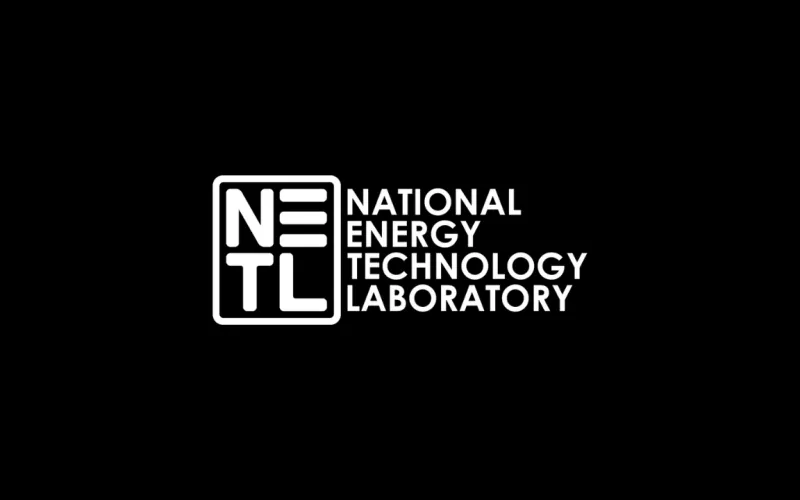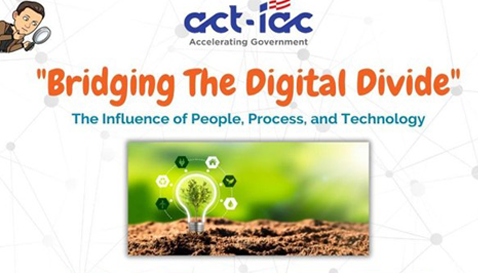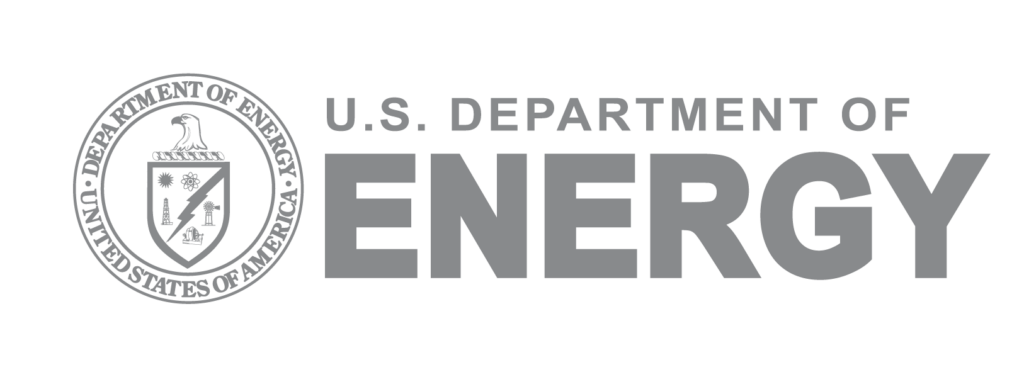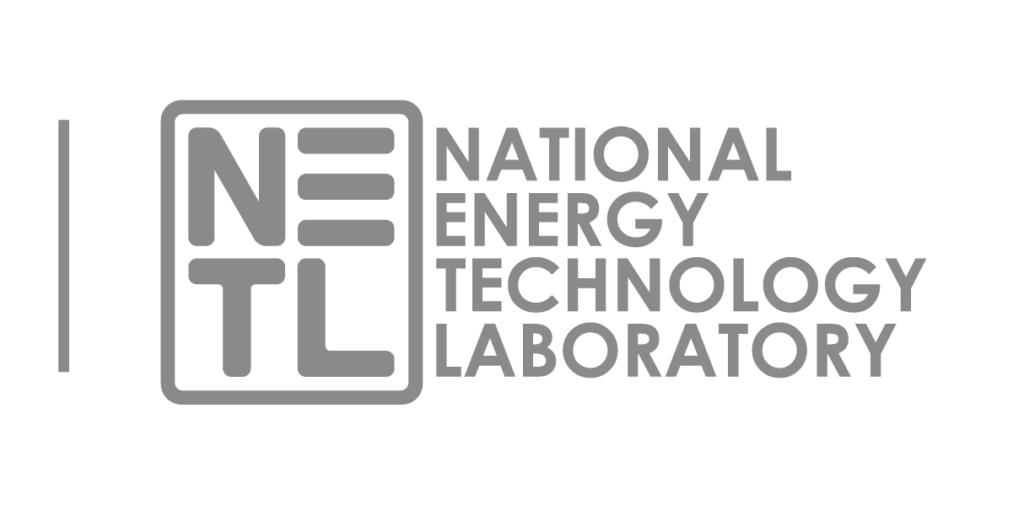The U.S. Department of Energy’s (DOE) Office of Fossil Energy and Carbon Management (FECM) announced the third opening of a five-year $2.25 billion funding opportunity available through President Biden’s Investing in America agenda to support the transport and permanent storage of carbon dioxide (CO2) captured from industrial and power generation facilities, as well as from legacy CO2 emissions removed directly from the atmosphere.
disCO2ver
Unlocking data-driven capabilities for the entire CCS community
Home » News
News
NETL’s Carbon Transport and Storage Program features on-site world-class leaders, scientists, and engineers and the engineering and scientific expertise to manage external research projects that further Department of Energy (DOE) Fossil Energy and Carbon Management (FECM) goals. The program’s accomplishments promote the growth of good-paying jobs, especially to those in disadvantaged or burdened communities.
A recent NETL analysis of the Central United States, which divided the region into three impact areas to explore variables associated with transporting and storing captured CO2, found that geographic differences had significant impacts on costs and provided a framework to evaluate these impacts.
NETL researchers and other participants from NETL-led projects will share their internationally recognized geo-data science expertise through presentations and poster sessions at the 2023 American Geophysical Union (AGU) Fall Meeting, Dec. 11-15 in San Francisco, California.
The U.S. Department of Energy’s (DOE) Office of Fossil Energy and Carbon Management (FECM) today announced up to $40 million in federal funding for projects that will help advance commercial-scale carbon capture, transport, and storage across the United States to reduce carbon dioxide emissions from industrial operations and power plants, as well as from legacy emissions in the atmosphere.
The U.S. Department of Energy’s (DOE) Office of Fossil Energy and Carbon Management (FECM) announced the third opening of a five-year $2.25 billion funding opportunity available through President Biden’s Investing in America agenda to support the transport and permanent storage of carbon dioxide (CO2) captured from industrial and power generation facilities, as well as from legacy CO2 emissions removed directly from the atmosphere.
Developed by NETL researchers in coordination with the Office of Fossil Energy and Carbon Management (FECM), Carbon Matchmaker, an online information hub, connects users across the carbon capture, utilization and storage (CCUS) community and carbon dioxide removal (CDR) supply chains, helping to achieve net-zero greenhouse gas emissions through strong public-private partnerships in a just and sustainable way.
“Since launching in July of 2022 on the FECM website, Carbon Matchmaker received 9,700 webpage visits and 15,000 map visits, provided more than 120 organizations with representation and identified more than 350 carbon activities with the resource’s self-identification form,” said NETL’s Jennifer Bauer, who led development of the tool.
As a recognized leader in research data curation, collaboration and virtualization for the national decarbonization effort, NETL’s geo-data infrastructure work was on display at national summits in October. The Lab’s digital infrastructure and resources are invaluable in advancing decarbonization projects related to carbon capture and storage (CCS), critical minerals (CM) and hydrogen.
At the 2023 National Academies of Science, Engineering, and Medicine’s U.S. Research Data Summit and separately at the 2023 Geological Society of America (GSA) Connects Conference, NETL showcased its cutting-edge data infrastructure. Both of these summits were important opportunities for NETL to share and raise awareness for its focus on the development of advanced, safe and reliable data-science solutions to support the nation’s transition to a decarbonized economy and energy sector to address climate change.
A forecasting toolkit developed jointly by a pair of U.S. Department of Energy (DOE) initiatives and funded, in part, through the Bipartisan Infrastructure Law will help operators of underground carbon dioxide (CO2) storage sites assess the likelihood and magnitude of seismic activity that could arise from commercial-scale injection.
Carbon capture and storage is an important greenhouse gas emissions management approach to collect and transport carbon dioxide (CO2) for safe and permanent storage in deep underground geologic formations. While geologic storage of CO2 has been shown to be safe and effective, concerns remain about the potential to induce new seismic activity as a result of large-scale injection operations. While the vast majority of measured seismic activity from commercial-scale carbon storage operations is too small in magnitude to be felt at the surface and results in no impact, it is important to address stakeholder concerns about the potential to induce larger-magnitude seismic activity.
Internationally recognized experts from NETL brought their knowledge and expertise to the Geological Society of America (GSA) Connects 2023 event Oct. 15-18 Pittsburgh’s David L. Lawrence Convention Center.
GSA is a global scientific society with members from academia, government, and industry in more than 100 countries. Through its meetings, publications, and programs, GSA enhances the professional growth of geoscientists at all career levels, encourages cooperative research among earth, life, planetary, and social scientists, fosters public dialogue on geoscience issues, and promotes geosciences. Geoscientists study and work with minerals, soils, energy resources, fossils, oceans and freshwater, the atmosphere, weather, environmental chemistry and biology, natural hazards and more.
The National Energy Technology Laboratory (NETL) has launched a database of all the potential underground carbon storage sites.
A new NETL study suggests that the Central U.S. should take a regional approach to carbon capture and storage (CCS) due to differences in geography. This study assesses different variables related to carbon transport and storage, and how geographic location can influence cost.
The U.S. Department of Energy (DOE) is investing over $444 million in sixteen projects across twelve states as part of President Biden’s initiative to strengthen America’s infrastructure and fight climate change. These projects, managed by the National Energy Technology Laboratory (NETL), will focus on large-scale commercial carbon storage projects with the capacity to securely store 50 million metric tons or more of carbon dioxide across a 30-year period, contributing to the responsible deployment of carbon management technologies and economic opportunities across local communities.
The U.S. Department of Energy’s Office of Fossil Energy and Carbon Management has announced up to $35 million in funding through the Carbon Dioxide Removal (CDR) Purchase Pilot Prize, part of President Biden’s Investing in America agenda. This initiative aims to advance technologies for reducing emissions from sectors like aviation and shipping while addressing legacy carbon dioxide pollution by directly removing it from the atmosphere.
The U.S. Department of Energy’s National Energy Technology Laboratory (NETL) conducted a groundbreaking experiment at the Mont Terri Underground Research Laboratory in Switzerland, injecting a mixture of water and carbon dioxide into a fault to understand its impact on caprock and prevent carbon leakage. This marks the first such injection into a fault, providing crucial insights into fault activation in caprocks and supporting NETL’s efforts in carbon capture and storage (CCS) technologies.
The National Energy Technology Laboratory (NETL) and United States Steel Corporation (U.S. Steel) are collaborating to test an advanced membrane technology for capturing carbon emissions from steelmaking processes at U.S. Steel’s Edgar Thomson Plant in Pennsylvania. The project, scheduled for installation in early 2025, could play a key role in reducing carbon emissions from industrial sites and supporting U.S. climate targets.
The U.S. Department of Energy’s Office of Fossil Energy and Carbon Management has announced funding of up to $17.2 million to evaluate the potential for unconventional oil production through the CO2 Enhanced Oil Recovery (CO2-EOR) process. This initiative aims to recover residual oil from mature fields using captured CO2 emissions while safely and permanently storing it underground, repurposing existing infrastructure to support decarbonization goals and accelerate carbon storage operations.
The world is undergoing a digital revolution. For years, advanced carbon capture and storage (CCS) tools were limited to those with resources and expertise, but the National Energy Technology Laboratory (NETL) is aiming to democratize data in ways that bridge the digital divide and empower a larger community to benefit from CCS tools. In this Dots & Bridges webinar partnership with ACT-IAC, NETL’s Kelly Rose and Chad Rowan discuss how the Energy Data eXchange®(EDX), NETL’s award-winning virtual research and development (R&D) data curation and collaboration system, is advancing to work towards the goal of a net-zero emissions economy by 2050.
The National Energy Technology Laboratory (NETL) has developed CO2-Locate, a centralized well database funded by the Bipartisan Infrastructure Law, providing information on existing wells across the U.S. for potential carbon sequestration projects. This dynamic database, accessible on the Energy Data eXchange®(EDX), integrates open-source wellbore data from state and federal entities, offering researchers spatio-temporal statistics, insights and a web map to inform future carbon capture and storage (CCS) needs.























